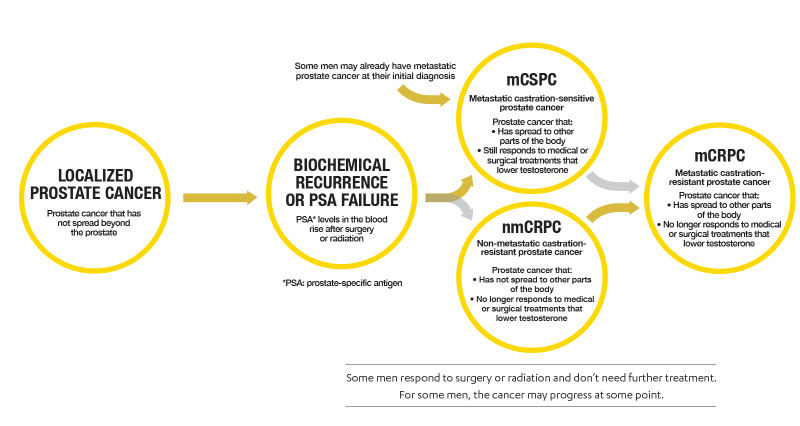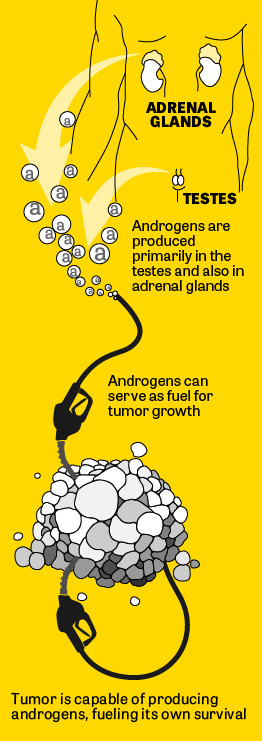Older men are more likely to develop prostate cancer, as the chance of having prostate cancer rises rapidly after age 50.
Family history may be a risk factor. If your father or brother has had prostate cancer, you are about twice as likely to develop this disease compared with a man with no family history of the disease. The risk is even higher for men with several relatives who have or had prostate cancer.
While reasons are unknown, race also plays a role in who is at risk for prostate cancer. African American men are 1.6 times more likely to get prostate cancer than Caucasian men. Prostate cancer occurs less often in Asian American and Hispanic/Latino men than in non-Hispanic Caucasian men.









627f.png?itok=PoTlGU5W)